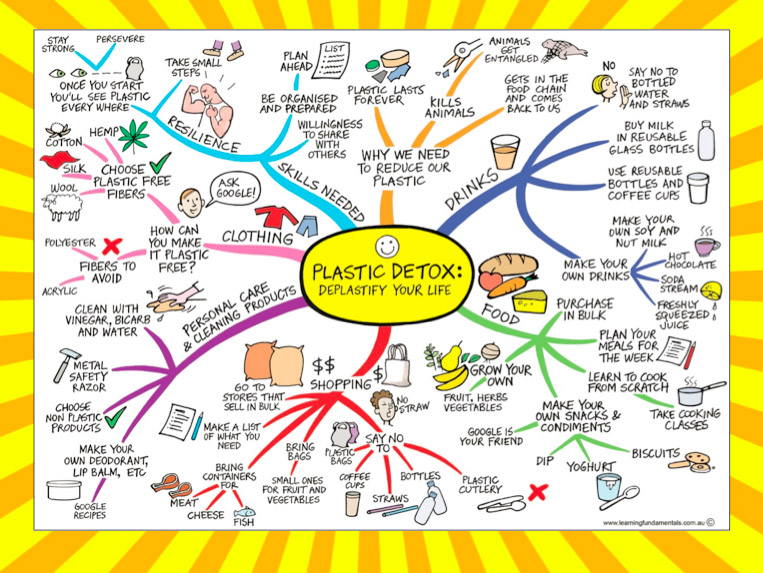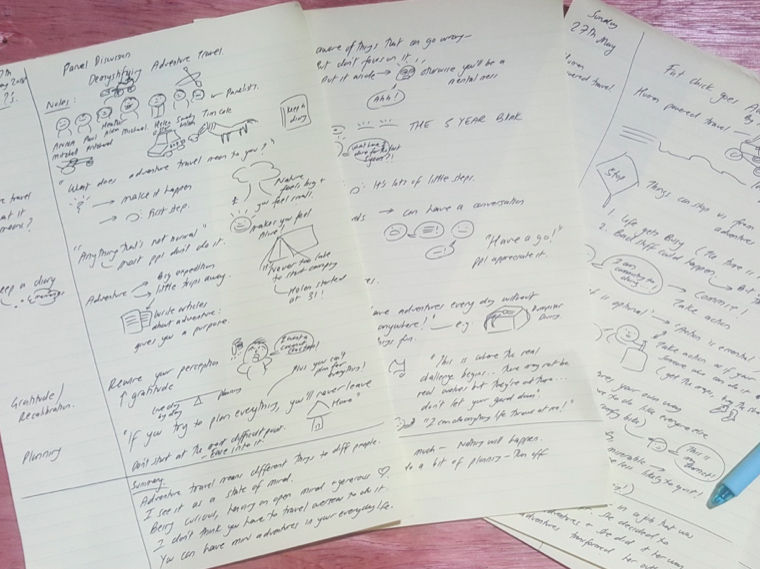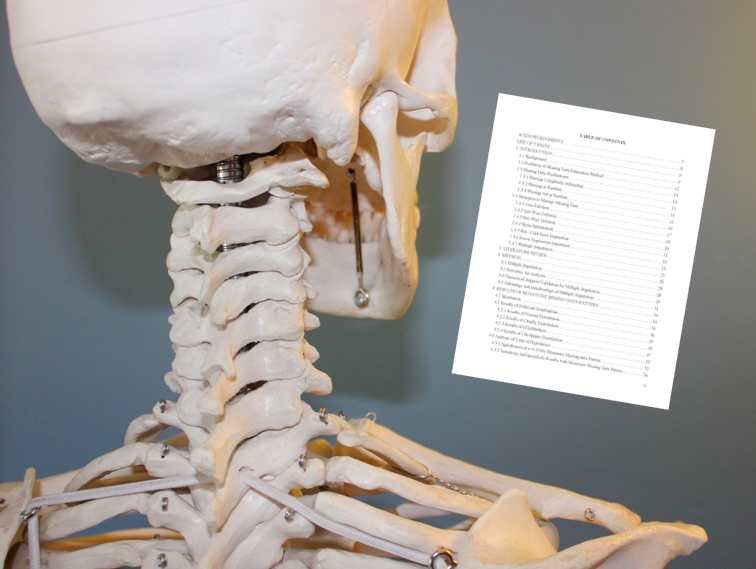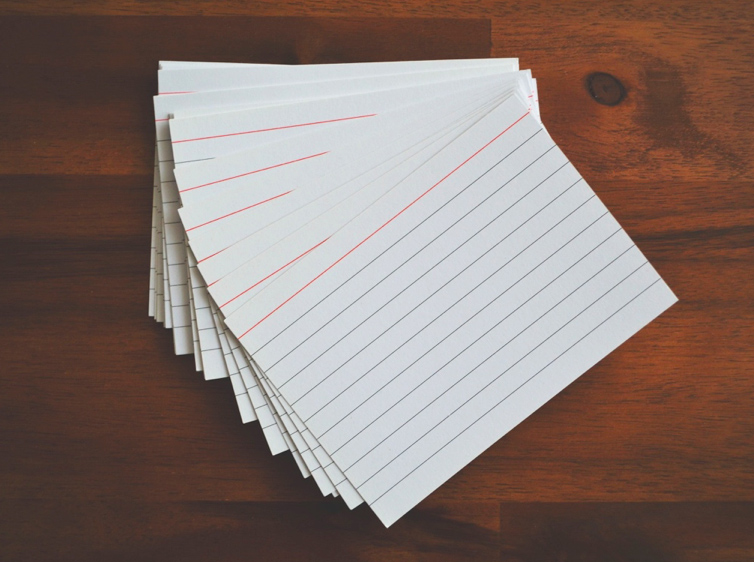When you study for tests and exams, do you . . .
• Highlight or underline your books?
• Test yourself with flash cards?
• Create notes?
• Make an outline of the key topics?
• Reread your books and/or notes?
These are all popular study strategies and exam revision techniques. But how effective are they? And could you do them better?
In 2018 several researchers asked themselves these questions.

In their paper, cognitive psychology researchers Miyatsu et al (2018) examined how students can optimise the use of the following five study strategies:
1. Note-taking
2. Rereading
3. Marking (Underlining or highlighting)
4. Outlining
5. Flash cards
Below is a brief summary of how to optimise each study strategy:
Popular strategy #1: Note-Taking
Do you have a tendency to write down word for word what the teacher says?
It’s best to summarise or paraphrase the information. Put it in your own words.
Do you prefer to take notes with pen and paper or on a laptop?
Taking notes by hand is best.
Why? Because you can’t write as fast as the teacher speaks, so you’re more likely to capture the information in your own words.
But when students take notes on a laptop they usually can type as fast as the teacher speaks. So what happens is you get a word for word script of what the teacher said. The problem is you don’t remember as much of the information when you take notes this way.
But regardless of whether you take notes by hand or on a laptop …
You must review your notes!
Don’t let your notes just sit there. Work with them. Transform them into pictures and flash cards. Scribble questions and other ideas all over them.
If I need to commit information to memory, I always do one or more of the following:
• Mind map out my linear style notes
• Put key points onto flash cards
• Transform them into practice tests

Miyatsu et al (2018) state:
“Reviewing is crucial in reaping the full benefits of note-taking.”
Remember, your notes are pretty much useless unless you review them.
Popular Strategy #2: Rereading books and notes
I’m not a fan of reading passively.
If I’m reading complex information, I block out distractions (e.g. turn off music and put my phone in another room) and I draw pictures as I read. When I read this way, there’s usually no need to reread.
But if you reread passively (e.g. no drawing), try doing the following to make the ideas stick:
Space out the first and second reading by a few days. Research shows this produces more durable learning.
Before rereading, try doing retrieval practice. Retrieval practice is when you force yourself to bring information to mind (without looking at your books and notes).
Retrieval practice has been identified it as the number one study strategy. Use retrieval practice and you’ll dominate your subject areas.
Here are three ways you can do retrieval practice before rereading:
1. Use a blank piece or paper or a whiteboard to write down all the things you can remember on the topic.
2. Try explaining to a friend, the wall or a pet what you can remember on the topic.
3. Use flash cards to test yourself.
Tip: It’s okay to retrieve the wrong information, just as long as you correct yourself.
So make sure you check to see that you are retrieving the correct information. It’s critical!
Popular Strategy #3: Underlining and highlighting (Marking)
This isn’t a good study strategy to use. It gives you a false sense of confidence. You think the information has transferred from the page into your brain, but usually it hasn’t.
But if you really must highlight, you need to exercise some serious restraint with yours pens.
Read a section of the text first to get a sense of the important ideas (no pens allowed). Only after you have read the section are you allowed to underline the key ideas.
Personally, I think it’s more effective to draw pictures in the margins or on a blank sheet of paper as you read.
Please don’t make highlighting or underlining your only study strategy. As the Miyatsu et al (2018) state:
“Marking should not be students’ only preparation method for higher-order assessments.”
Popular strategy #4: Outlining
You know how your books have a contents page? Outlining is where you create a contents page for a subject.
Do you have a syllabus or unit outline for each of your subjects? If you do, check the unit content section. Boom! That’s your outline.
Don’t have an outline? Create one for a subject/topic. This will give you a sense of the key ideas and how they are structured.
Here’s another way you can do retrieval practice using an outline …
Use your outline to test yourself.
Go through each topic and see how much you can remember (“What do I know about Maslow’s Hierarchy of Needs?”).
Get easily overwhelmed by a long list of topics? No problem!
Simply use a blank piece of paper to cover up the topics. Then proceed through the topics, one by one, shifting the paper down the page as you successfully bring to mind information on each point.
Popular strategy #5: Flash cards
If you use flash cards correctly, this is a great way to do retrieval practice.
Use your flash cards to test yourself.
But here’s the thing: don’t just read the question and then flip and read the answer straight away. Try bringing the information to mind before you flip the card over.
It’s tempting to want to drop a card when you get the answer correct (“I know that!”). But hold onto that card. Keep it in your pile of flash cards. Only drop a card after you have successfully retrieved the correct information at least three times. Remember, the aim is to strengthen the information in your mind so you can easily recall it later on.
While you’re at it, space out your practice. Go through a pile of flash cards and then take a break before practicing them again (my recommendation is to wait at least 24 hours).
Continuously drilling your flash cards is not an effective way to study.
After completing a set of flash cards, go outside and get some fresh air, make yourself a smoothie, etc. Do something good for yourself. Your brain deserves a break.
Note: For learning more complex information, flash cards may not be the best strategy to use. I prefer drawing the information out first and then creating flash cards for key concepts on the mind map.
To sum up
So there you have it! Various ways to optimise five popular study strategies.
Just remember, if you want to save time and elevate your studies, you are better off using strategies that have been found to be highly effective (click here to read more about highly effective study strategies).
But if you’re in the habit of using the popular strategies mentioned above, that’s okay! Why not make some small tweaks and try adding some more effective strategies into your study routine?
While they may not feel as good and easy as highlighting, they will certainly fast track your studies and boost your performance.






